Buying your first vibrator? You’re in good company. Seriously — millions of people use them. They’re fun, personal, and honestly, kind of life-changing. But let’s be real: it can feel a lot when you’re just getting started.
There are so many types. So many shapes. Weird names. Buzzwords. And buttons you have no clue what to do with. Don’t worry — we’ve got you. This guide breaks it all down, simply and clearly. No shame. No pressure. Just real talk on how to find the right beginner vibrator for you.
1. Know Your Orgasms: Internal, External, or Both?
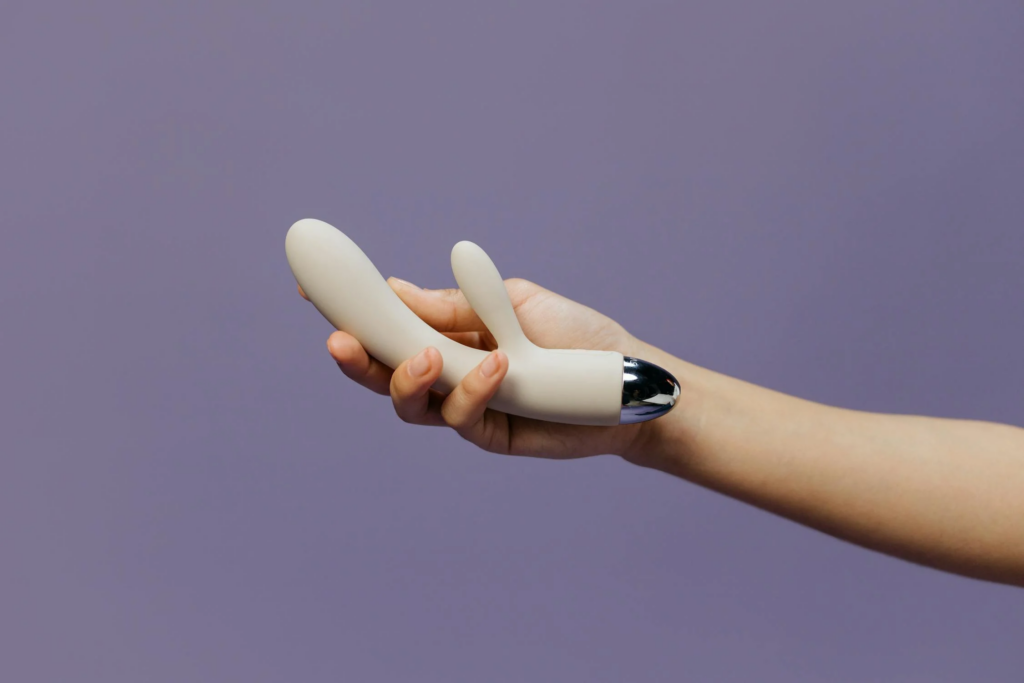
Here’s something most vibrator guides don’t say clearly enough: Penetration alone doesn’t work for most people. In fact, 70–90% of women need clitoral stimulation to orgasm — not vaginal. That’s why figuring out where your pleasure lives should be one of the first steps in picking your first vibrator. And if you’re not totally sure? That’s okay. A lot of people aren’t until they try different things.
 The Three Main Orgasm Zones
The Three Main Orgasm Zones
- Clitoral (External): Most common, usually easiest to reach. Think gentle buzzing, suction, or tapping on the outer part of the vulva.
- G-Spot (Internal): Located about 2 inches inside the vaginal canal, toward the belly. Often feels good with pressure or firm rubbing.
- Blended (External + Internal): The jackpot for some people. This combo stimulation can trigger very intense, full-body orgasms.
 Match the Toy to the Zone
Match the Toy to the Zone
 Clitoral-Only (Great for Beginners)
Clitoral-Only (Great for Beginners)
- Bullets (small and discreet)
- Wands (powerful and effective)
- Suction toys (mimic oral sex sensation)
- Vibrating panty or wearable toys (fun, discreet, great for couples)
These don’t go inside you, which makes them less intimidating for first-timers. They’re also easier to use if you’re still exploring your anatomy.
 Internal-Only (Start Small)
Internal-Only (Start Small)
- Slimline vibrators
- Curved G-spot wands
- Firm, smooth dildos (no vibration required)
- G-spot love eggs (like Lovense Lush 4)
If penetration feels good to you or you’re curious, these are a nice intro. Just go for something slim and smooth.
 Dual Stimulation (Clit + G-spot)
Dual Stimulation (Clit + G-spot)
- Rabbit vibrators
- Flexible dual-end toys
- “C-shape” vibes that stimulate inside and out
These are great if you already know you like both kinds of stimulation — or if you’re ready to experiment.
 Still Not Sure? Here’s What to Do
Still Not Sure? Here’s What to Do
- Start with an external toy. It’s easier, less pressure, and honestly, more likely to get you off.
- Pay attention to what feels good during foreplay or solo touch. Do you like pressure, tapping, circles, or buzzing?
- If you’ve never had internal stimulation before, don’t feel like you have to go there. Many people never use insertable toys and still have amazing orgasms.
2. Size Matters — But Not How You Think
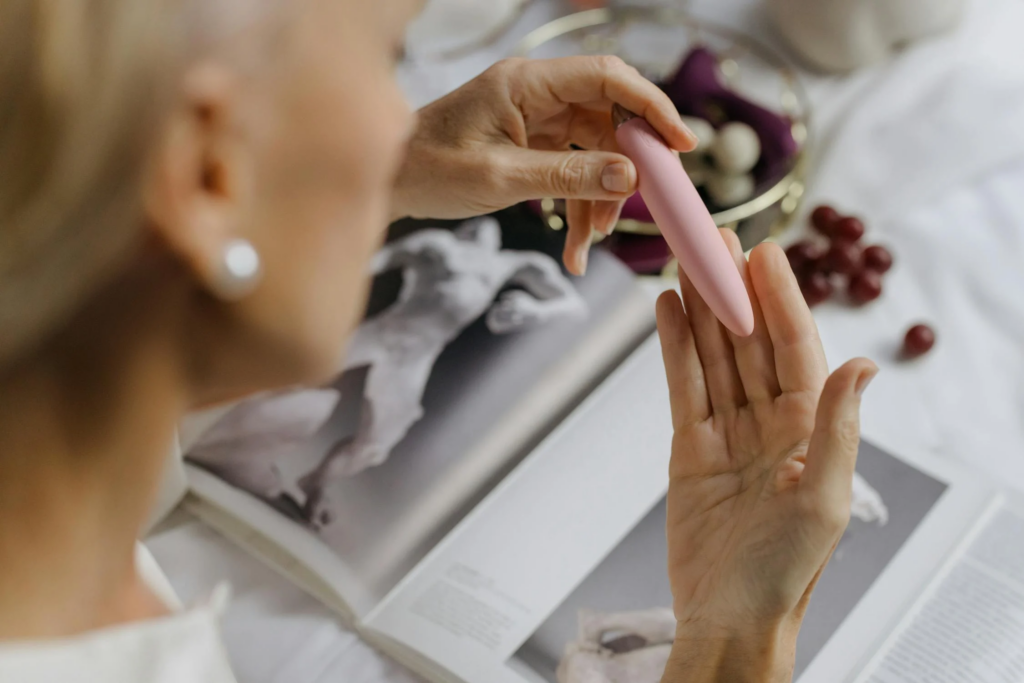
Let’s talk about something people don’t always explain well: size. Because when it’s your first vibrator, size can make or break the experience. And no, it’s not about chasing the biggest toy you can find. That’s porn logic, not pleasure logic.
 Tip 1: Girth First, Length Second
Tip 1: Girth First, Length Second
Most people think about how long a toy is. But for comfort, especially with internal toys, girth is more important. A toy that’s too thick can feel uncomfortable or even painful.
Average vibrator girth:
- 1.1″ to 1.5″ diameter (which equals about 3.5″ to 4.7″ circumference)
- Start here if you’re unsure
If you’ve never used anything internally before — fingers, partners, tampons — start slim, around 0.75″ to 1.0″ diameter. You can size up later once you know what feels good.
 Tip 2: Don’t Guess — Measure Something
Tip 2: Don’t Guess — Measure Something
Seriously. Grab a ruler or flexible tape. Then grab household objects to compare:
- Highlighter = ~0.75″
- Lipstick tube = ~1″
- Cucumber = too much for your first time, friend
- Two fingers pressed together = decent visual for ~1.25″
Knowing what you’re comfortable with gives you more confidence when reading product specs.
 Tip 3: Know the Measurements that Actually Matter
Tip 3: Know the Measurements that Actually Matter
Don’t get distracted by flashy length claims. Here’s what to look for in the specs:
- Insertable length = the part that actually goes in you (not the whole toy)
- Diameter or circumference = thickness
- Overall size = includes the handle, buttons, or clitoral arm if it’s a rabbit
- Weight = heavier toys can feel more “substantial” but might cause fatigue over time
Pro tip: For clitoral-only toys, size is more about grip and motor than anything else. Don’t overthink the dimensions.
 Tip 4: Smaller Toys = Smaller Motors (Usually)
Tip 4: Smaller Toys = Smaller Motors (Usually)
Here’s a sneaky detail: tiny toys tend to have weaker motors. If you’re looking at a bullet or slimline vibrator and wondering why it feels buzzy but not deep — that’s why. There’s less room inside for a powerful motor.
If you want stronger vibes without going bigger in girth, look for:
- Rechargeable over battery-powered
- Rumbly motors (more on this in Section 6)
- Toys labeled “deep vibration” or “low-frequency vibration”
 Tip 5: Size & Shape Work Together
Tip 5: Size & Shape Work Together
A 1.25″ toy might feel totally different depending on how it’s shaped. Is it curved? Does it have ridges? A flexible tip?
Here’s a breakdown:
- Straight + slim = easy beginner choice
- Curved + girthy = more pressure, better for G-spot but can feel intense
- Tapered tip = easier insertion
- Textured surface = stronger sensation, not always ideal for beginners
If you’re sensitive, start with smooth surfaces and work your way toward more complex textures.
 Tip 6: It’s Okay to Start Small and Upgrade Later
Tip 6: It’s Okay to Start Small and Upgrade Later
No one gets it perfect the first time. Your “perfect size” is something you’ll discover through experimenting. The good news? Vibrators aren’t one-size-fits-all — and you can build your collection based on what you learn about yourself. You might start with a 1″ bullet and eventually want a 1.4″ G-spot wand with a curve. That’s normal. Actually, that’s fun.
3. Material Matters: What’s Safe, What’s Not
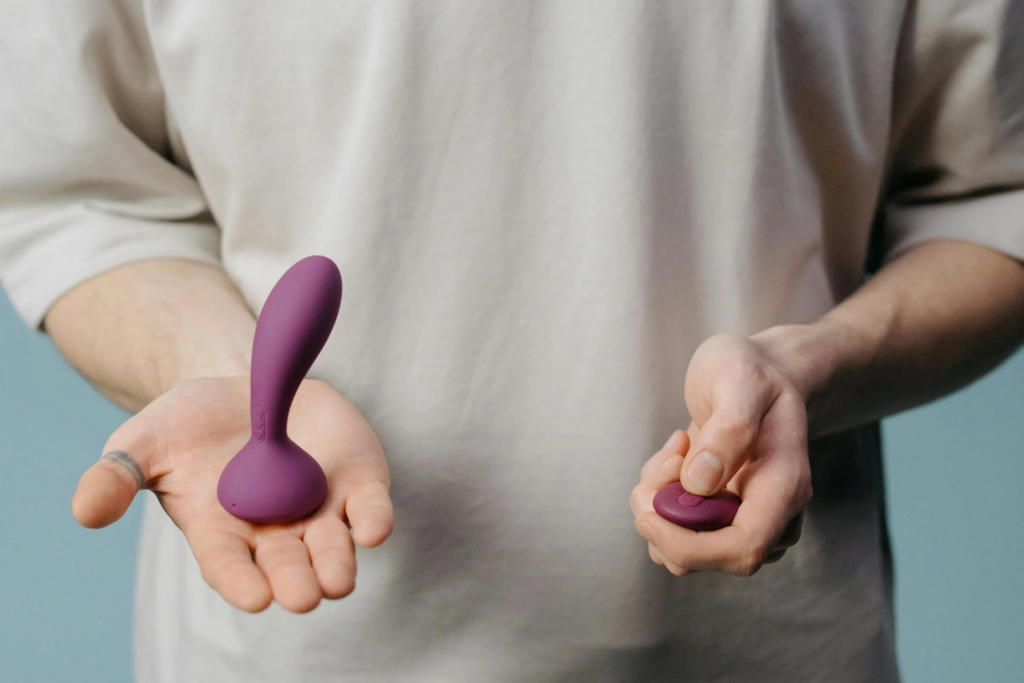
Sex toys aren’t as regulated as you’d think. That’s why material matters a lot. Pro tip: If you’re not sure what the toy’s made of — don’t buy it.
Stick With These
- Medical-grade silicone (most popular, soft, safe)
- Stainless steel (firm, easy to clean, very body-safe)
- Sealed glass (non-porous, temperature play friendly)
- ABS plastic (used in bullet vibrators and basic toys)
Avoid These
- Jelly rubber or anything that smells weird
- Toys that feel tacky or sticky
- Anything super cheap claiming to be “just like silicone”
4. Shapes, Styles & WTF Is That?
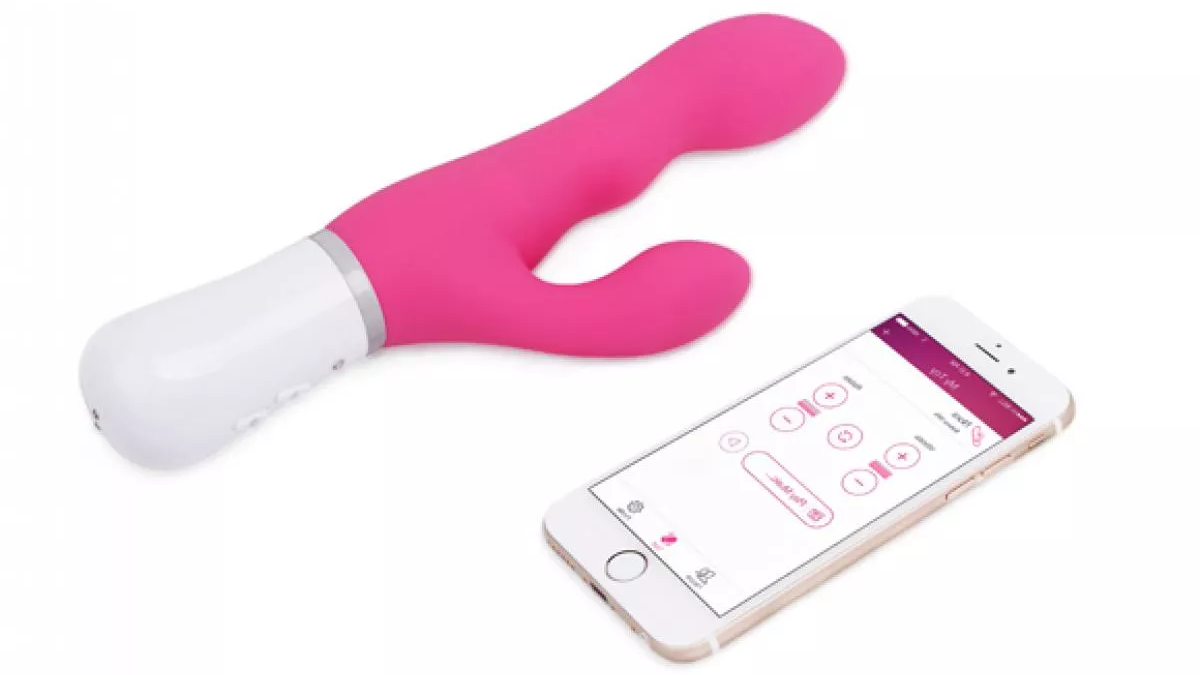
The world of vibrators is surprisingly vast — and honestly, kind of confusing at first. When you’re shopping for your first vibrator, all the styles can start to blur together. What’s the difference between a bullet and a wand? Why does everything have a weird name?
Let’s break down the most common types so you can figure out what actually makes sense for you.
Bullet Vibrators
These are small, usually cylindrical, and designed for clitoral stimulation. Most are about the size of a lipstick tube — and just as discreet. They’re often a go-to for beginner-friendly sex toys because they’re simple, non-intimidating, and great for solo or partner play.
They’re great if:
- You want something easy to use
- You’re curious about vibration but don’t want internal toys
- You live with others and need something quiet and compact
Rechargeable bullets usually offer stronger vibrations than battery-operated ones, and are often quieter too — perfect if you’re in a dorm or shared space.
Wand Vibrators
Originally marketed as back massagers, wand vibrators are now legendary for their power. These toys have a large rounded head and a handle, and they deliver strong, rumbly vibrations — especially good for external stimulation.
Try one if:
- You want intense sensation with minimal effort
- You’ve tried weaker toys and felt nothing
- You want a vibrator that works every time
Wands aren’t subtle, but they get the job done. If you want a beginner vibrator that doesn’t mess around, this is it.
Rabbit Vibrators
Rabbit vibes are dual-stimulation toys, meaning they’re designed to hit your G-spot and clitoris at the same time. They usually have a curved shaft for internal use, and a small vibrating arm that rests on the clit.
They might be right for you if:
- You already know you like both internal and external stimulation
- You want to explore blended orgasms
- You’re ready for a step up from clit-only toys
Not all rabbits are made equal, though. Look for ones with adjustable arms or flexible designs — those tend to work better for more body types.
Suction Toys
These are newer to the scene and a favorite for people who prefer clitoral stimulation. Instead of vibrating, they create pulses of air that mimic suction — like a gentle tapping or rhythmic sucking.
Perfect for:
- People who don’t like direct vibration
- Sensitive clits
- Longer, build-up-style orgasms
Many first-time users find suction toys surprisingly effective — even if they’ve never orgasmed from other types of toys.
Egg and Remote-Control Toys
Egg vibrators (also called love eggs) are small, insertable toys that vibrate internally. Most are paired with remotes or smartphone apps, making them fun for couples or long-distance play. Some are wearable in public, but not all are quiet — always test it out before heading to dinner.
They’re worth trying if:
- You want a more playful, teasing kind of stimulation
- You like the idea of wearing a toy discreetly
- You want to experiment with partner control
G-Spot Toys
These have a slight curve or bulb near the end to help target the G-spot, which sits just a couple inches inside the vaginal canal on the front wall. These toys often have firmer shafts and more focused tips.
Consider one if:
- You’re curious about internal stimulation
- You like pressure over vibration
- You want to explore G-spot orgasms at your own pace
If you’re new to penetration, choose a slim G-spot toy with a soft surface and mid-range flexibility. Silicone G-spot toys tend to feel smoother and more forgiving than glass or steel.
Strapless and Double-Ended Toys
These are more advanced, but worth knowing about. Double-ended dildos and strapless vibrators are often used with partners — they allow shared penetration or dual insertion without a harness. They’re niche but very popular in queer communities and for couple’s play.
Best for:
- Partner exploration
- Pegging or shared penetration
- People who already know what kind of toy shape and size works for them
These aren’t usually the first pick for first vibrator users, but they can be part of the journey later on.
5. Water & Toys: A Love Story (With Fine Print)
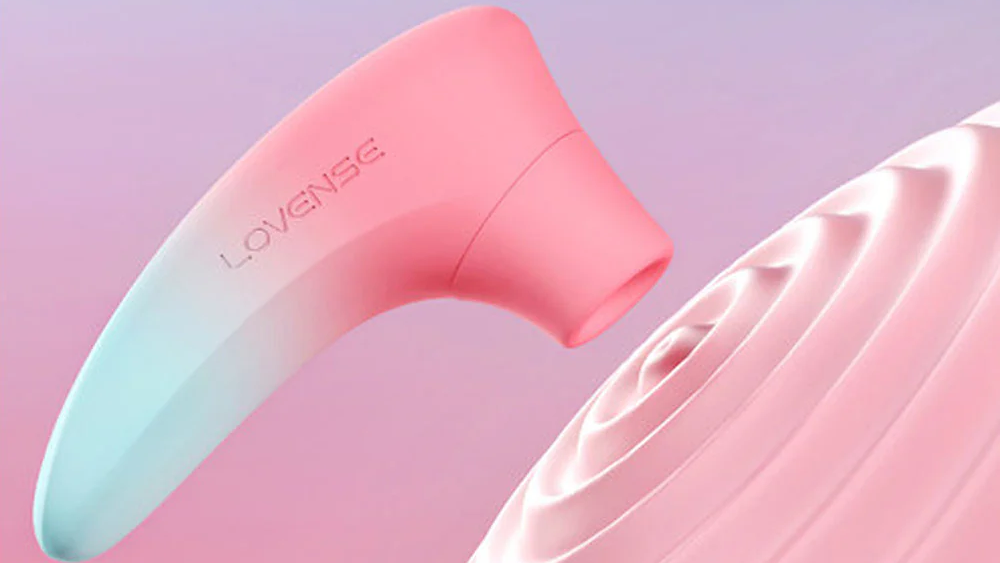
Not all vibrators can handle water — even if they say they can. There’s a difference between splashproof, water-resistant, and waterproof. Only waterproof vibrators are safe to use in the bath or fully underwater. The others can handle a little steam or a quick rinse, but not much more.
If you want to use your toy in the shower or tub, stick with rechargeable vibrators. They’re usually better sealed and hold up longer than battery-powered ones. They’re also easier to clean, which is great if this is your first vibrator.
Always check the product details. Just because it looks waterproof doesn’t mean it is. And never charge your toy near water. Treat it like your phone — water and plugs don’t mix.
6. Suction Cups, Flared Bases & Why the Bottom Matters
Suction Cups = Hands-Free Fun
Want to stick it to a wall or floor? Suction bases are your friend. They’re great for solo sessions or hands-free positioning.
Flared Bases = Anal Safety
Planning to use your toy for anal play? It must have a flared base. No exceptions. No flared base = no butt play. Seriously. That’s a hospital visit waiting to happen.
7. Techy Toys & Long-Distance Vibes
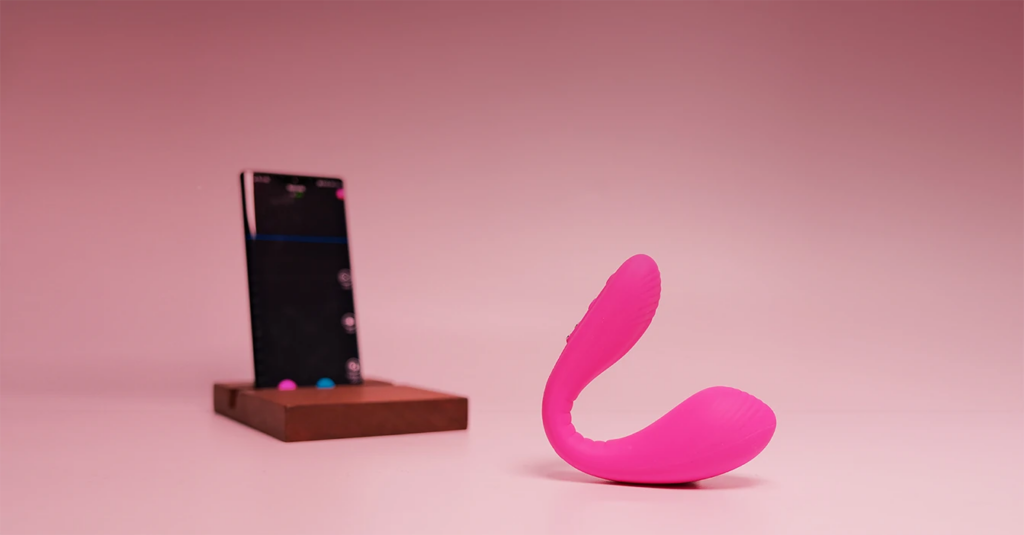
If you’re into gadgets, or in a long-distance relationship, app-controlled vibrators are worth a look. These toys connect to your phone via Bluetooth (or Wi-Fi) and let you or your partner control the settings from anywhere — even across the world.
Some brands, like Lovense and We-Vibe, are especially known for this. They offer synced rhythms, custom patterns, video call integration, and even music or voice control. It’s like upgrading from a regular vibe to a smart one.
They’re great for:
- Long-distance couples who want to stay intimate
- Partner play where one person takes control
- People who enjoy tech, patterns, or remote teasing
- Discreet public play (yes, really)
Most app-controlled toys are also rechargeable, body-safe, and built to last — so if you love features and flexibility, they’re a fun upgrade even for beginners.
Looking for powerful, programmable, app-controlled vibrators? Check out Lovense’s wide selection today!

Where and Who to Buy From
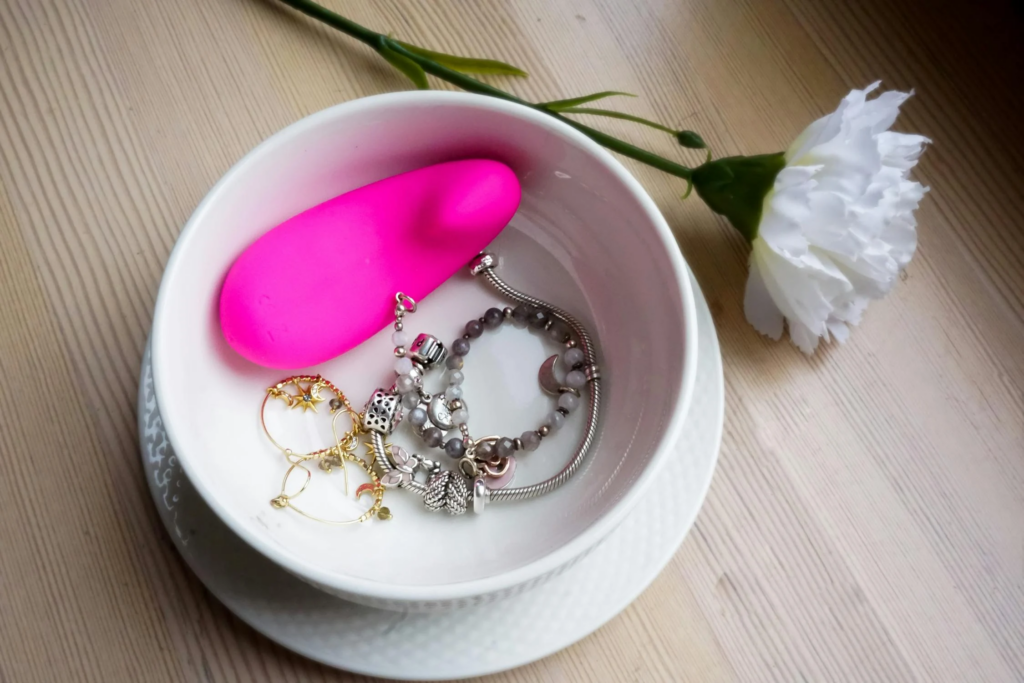
| Brand/Retailer | What They’re Known For | Good for Beginners? | Notes |
|---|---|---|---|
| Lovense | High-tech, app-controlled toys | Yes | Great for long-distance play and quiet environments |
| We-Vibe | High-quality couples’ vibrators | Yes | Strong motors, waterproof options, beginner-friendly |
| Lelo | Luxury design, rechargeable, strong motors | Yes (mid-range) | Pricier but sleek and body-safe |
| Fun Factory | German-made, safe silicone, fun shapes | Yes | Good for quirky, high-performance toys |
| Tantus | 100% medical-grade silicone, handcrafted | Yes | Known for safe anal toys and dildos |
| JimmyJane | Quiet, minimal designs | Sometimes | Pretty, but some models are more style than substance |
| SheVibe | Inclusive, fun online sex toy store | Yes | Huge selection, beginner guides, fast shipping |
| Lovehoney | Affordable bundles, good starter kits | Yes | Big variety and frequent sales |
Pro tip: If you’re buying from a smaller site, double-check the brand’s website for an authorized retailer list. That’s the best way to know it’s legit.
Tips & Tricks for First Vibrator Buyers
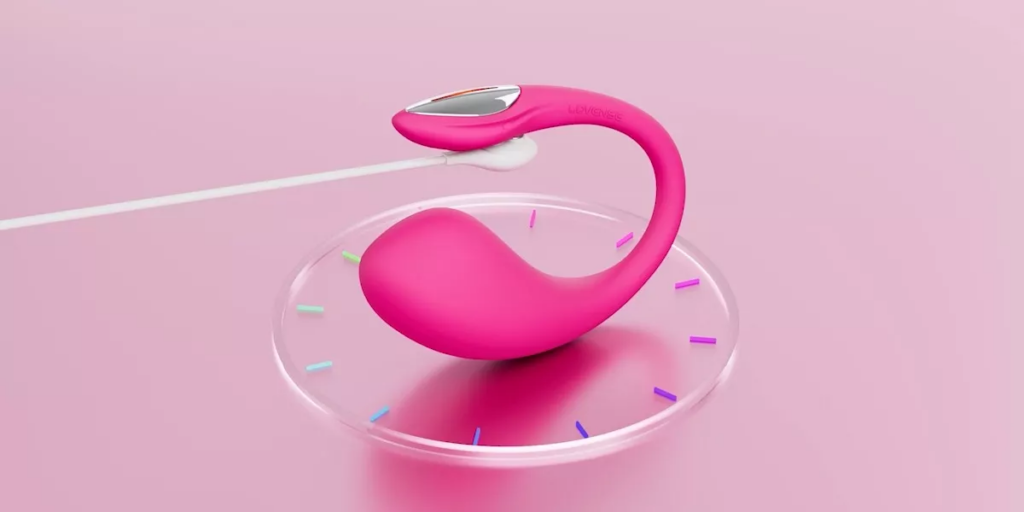
Because let’s be real — there’s stuff no one tells you until it’s too late. Here’s what we wish everyone knew before buying their first vibrator.

Some vibrators feel buzzy (high-pitched, surface-level). Others feel rumbly (deeper, like a low hum). Most people prefer rumbly — it feels more intense but less overwhelming. Rechargeable vibrators usually have better, stronger motors.

Use warm water and mild soap or a dedicated toy cleaner. Don’t submerge toys unless they’re waterproof. Pat dry with a lint-free cloth. If it’s made of silicone, don’t use silicone lube — it can damage the surface.

Tossing it in your drawer naked isn’t ideal. Many vibrators come with little storage bags — use them! It keeps dust, hair, and bacteria off your toy. And yep, lint is a real thing.

There’s good stuff under $40 — especially from brands like Lovehoney or Satisfyer. Just don’t expect luxury features. Between $50–$80 is the sweet spot for most beginners. Anything cheaper might work… but might not last.

Good brands like Lovense, Lelo, or We-Vibe offer real warranties. That usually means they stand by their product. Double-check the fine print — some warranties only cover part of the toy (like a remote, not the vibe).

Water-based lube makes everything feel smoother. It reduces friction, helps with insertable toys, and is safe with all materials. Silicone lube lasts longer but can break down silicone toys — don’t mix the two unless you’re sure it’s safe.

- Going too big too soon
- Skipping the instructions (yes, really)
- Not charging the toy fully before use
- Assuming the first toy will be the one
- Forgetting to clean it after every use
- Thinking vibration = orgasm for everyone (it doesn’t)
You’re Ready to Shop Like a Pro
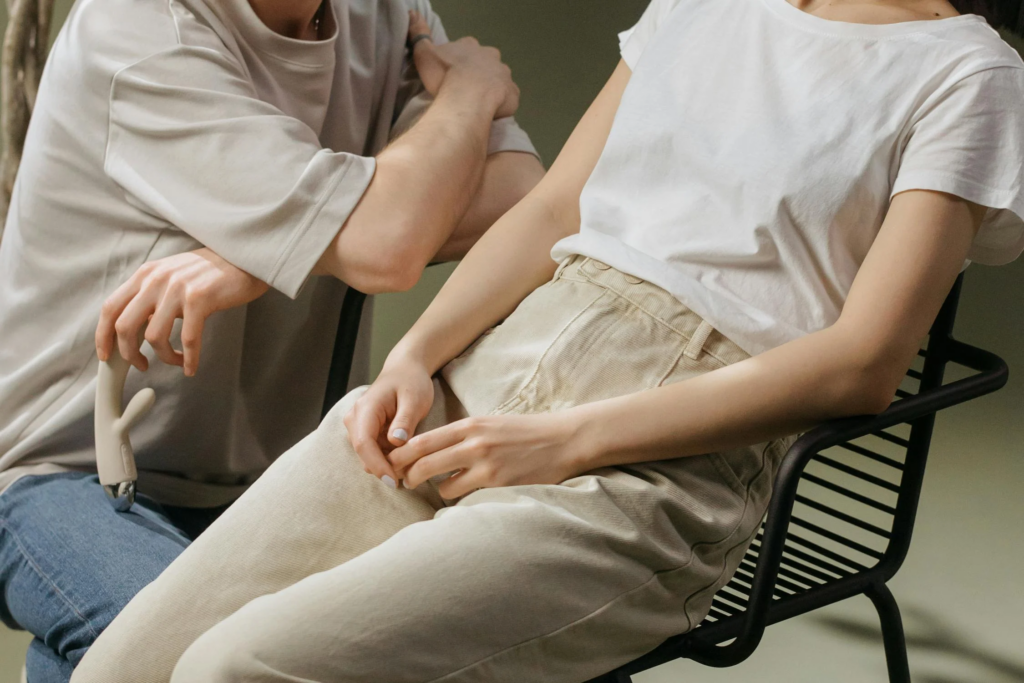
Finding your first vibrator isn’t about getting it perfect on the first try — it’s about learning what you like, staying safe, and having fun along the way. Whether you end up loving a tiny bullet or dive straight into dual-stimulation magic, what matters most is that you’re exploring on your terms.
Take your time. Trust your instincts. And don’t be afraid to try something new — or to laugh when the settings surprise you. Pleasure should be fun, not stressful.
Now go fill that cart with confidence. Your future buzz is looking bright.
Want More Useful Articles?
- 2025 Best Remote Control Vibrators with App: How to Choose Yours
- Lovense Osci 3 Comparison to Other Rabbit Vibrators?
- How to Find the Best Magic Wand Vibrator: Your Essential Buying Guide



